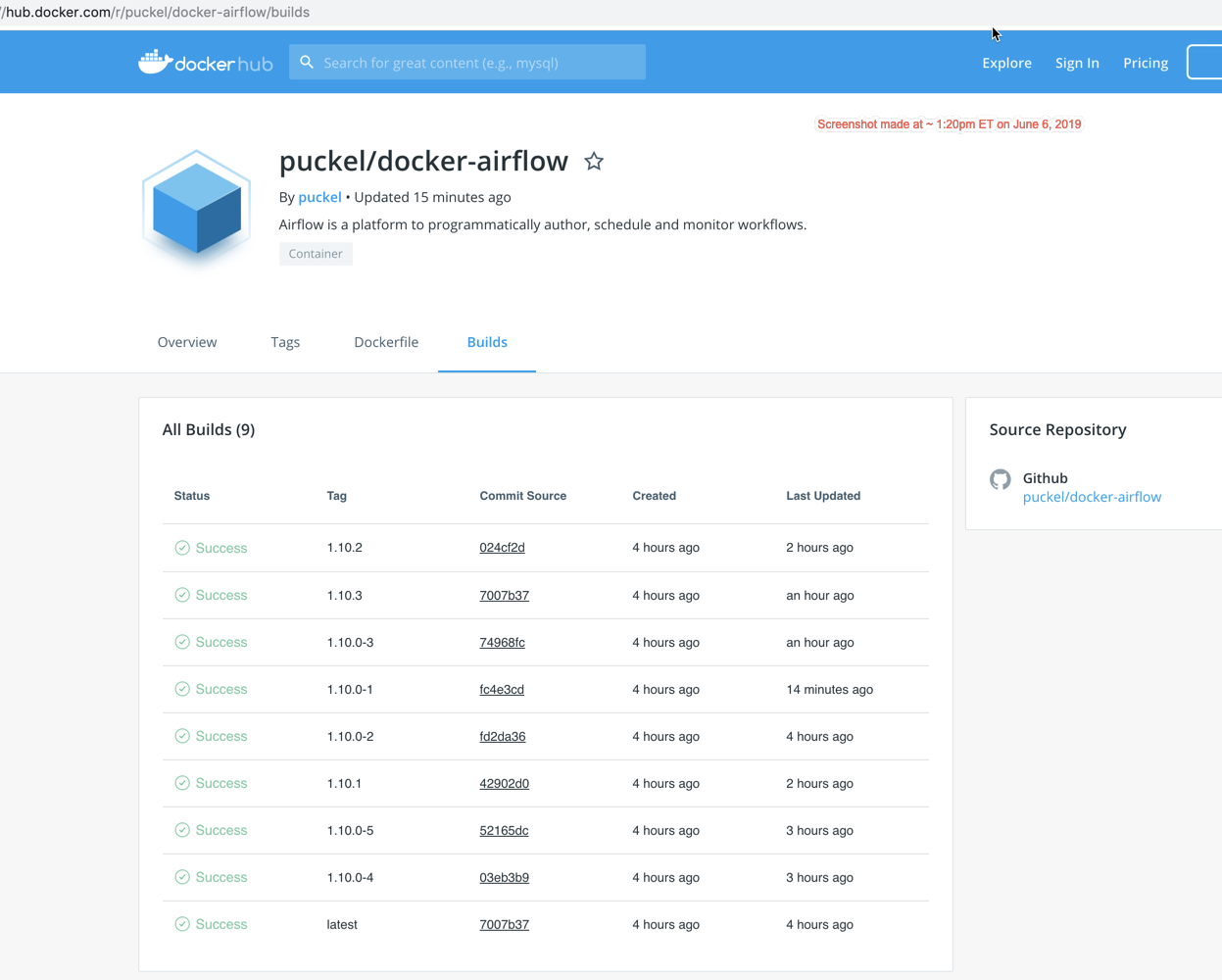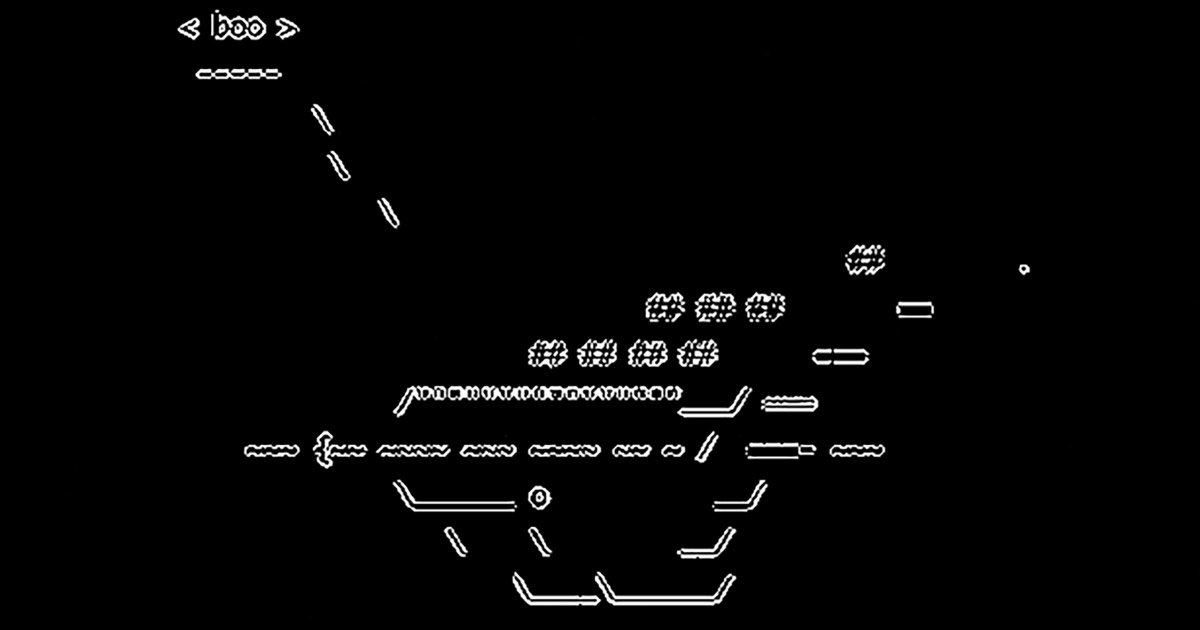

Airflow docker root password software#
For specific utilities, Bitnami ships the libnss-wrapper package, which defines custom user space files to ensure the software acts correctly.For Kubernetes, the chart uses an initContainer for changing the volume permissions properly.To learn more about these issues, as well as potential solutions for each, refer to our detailed blog post on this topic.īitnami non-root containers already fix these issues: These checks will fail for non-root container images. PostgreSQL) run additional checks to find the user in the /etc/passwd file. Issues with specific utilities or services: Some utilities (eg. Kubernetes mounts these volumes with the root user as the owner therefore, non-root containers don't have permissions to write to the persistent directory. This can lead to permission conflicts with non-root containers, as the user running the container may not have the appropriate privileges to write to the host volume.įailed writes on persistent volumes in Kubernetes: Data persistence in Kubernetes is configured using persistent volumes. Non-root containers also have some disadvantages when used for local development:įailed writes on mounted volumes: Docker mounts host volumes preserving the host UUID and GUID. In such cases, root-only container images will simply not run and a non-root image is a must. This approach is not compatible with root containers, which must always run with the root user's UUID. Platform restrictions: Some Kubernetes distributions (such as OpenShift) run containers using random UUIDs. To learn more about Docker's security features, see this guide. If there is a container engine security issue, running the container as an unprivileged user will prevent any malicious code from gaining elevated permissions on the container host. Security: Non-root containers are automatically more secure.

Non-root containers are recommended for the following reasons:
Airflow docker root password how to#
This guide gives you a quick introduction to non-root container images, explains possible issues you might face using them, and also shows you how to modify them to work as root images. However, because they run as a non-root user, privileged tasks such as installing system packages, editing configuration files, creating system users and groups, and modifying network information, are typically off-limits. Non-root images add an extra layer of security and are generally recommended for production environments. There are two types of Bitnami container images: root and non-root.


 0 kommentar(er)
0 kommentar(er)
